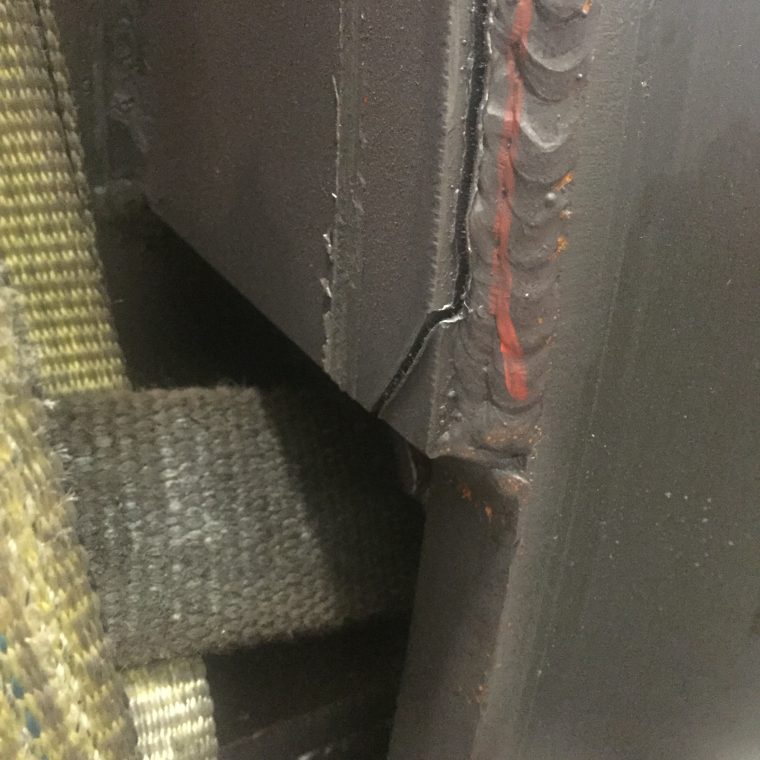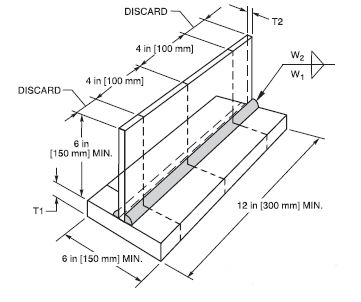Weld Troubleshooting for Non Welding Engineers
NOW AVAILABLE! Troubleshoot common welding and welding equipment problems the way welding engineers do. For more information CLICK HERE or the image below. Learn and follow the process used by welding engineers to find the root cause of welding problems and their solutions. This troubleshooting guide goes beyond your typical troubleshooting charts on the back […]


